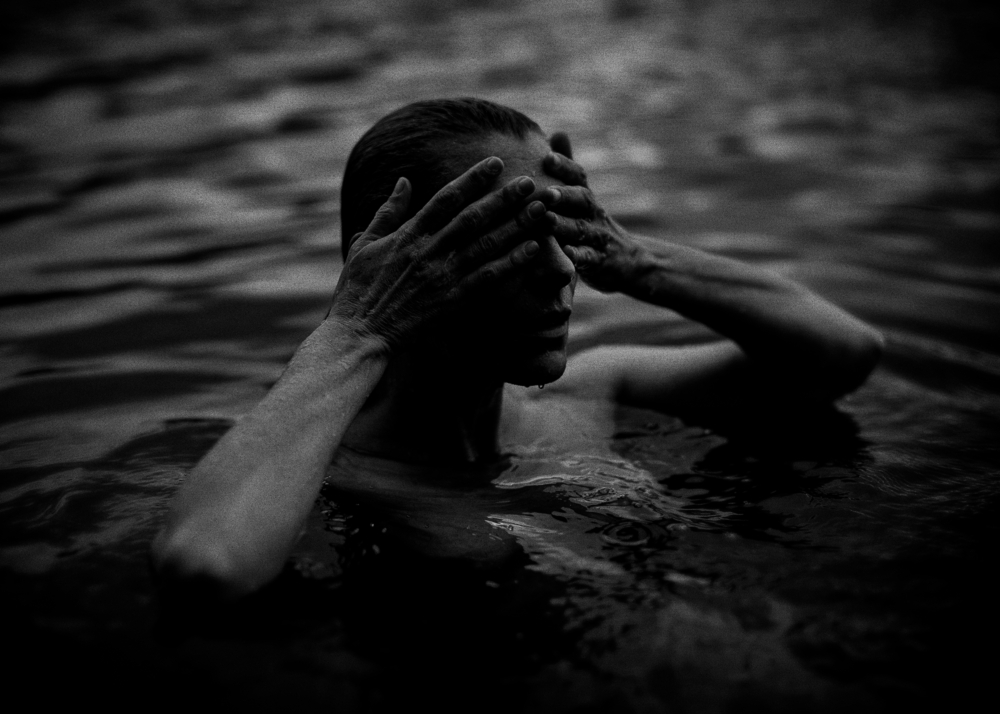With Echoes of the Disposable, John Londoño reminds us that photography is a melancholy kind of magic, conjuring people and places beyond our grasp. Exhibited in Berlin this March as part of the 2025 European Month of Photography, Londoño’s series fit perfectly with the festival’s programme this year, with its theme, what stands between us. Composed largely of images taken right before and after the photographer’s move from Montreal to Berlin in 2021 at the height of the pandemic-era’s lockdowns, it evokes the isolation of the in-between, guiding us from a lost past to a present in which we don’t quite belong.
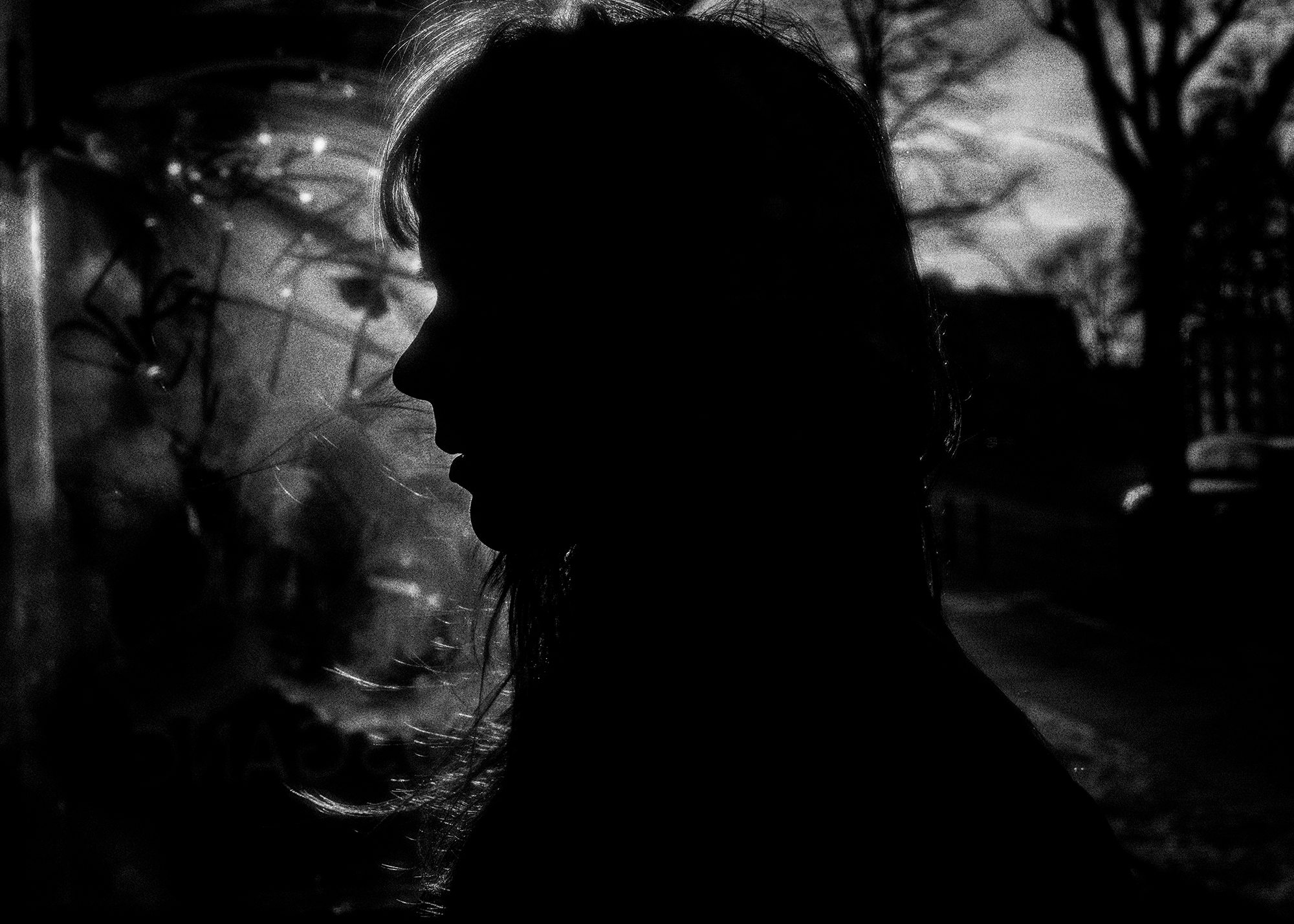
Echoes appeared at Kurt-Kurt in Berlin’s central Moabit district, the historic birthplace of Kurt Tucholsky, the famed left-wing satirist and critic of the Nazis. Londoño paid careful attention to how the series was exhibited in this space, curating it to guide us through his own experience of transition. Before we even enter the exhibition space, an image of tranquility appears visible through the window from the cobblestone street, of light shimmering over a lake as a city glows warmly in the background. Walking through the front door, we are greeted by a woman emerging from water, her form dissolving into its surface. Liquid, alive, almost in motion, the images invite us in. Taken before Londoño’s move to Berlin – a day on the lake with friends in rural Quebec, a retreat to Lake Atitlán in Guatemala – they are emblematic of the world left behind, a world of fluid and dynamic social connections.
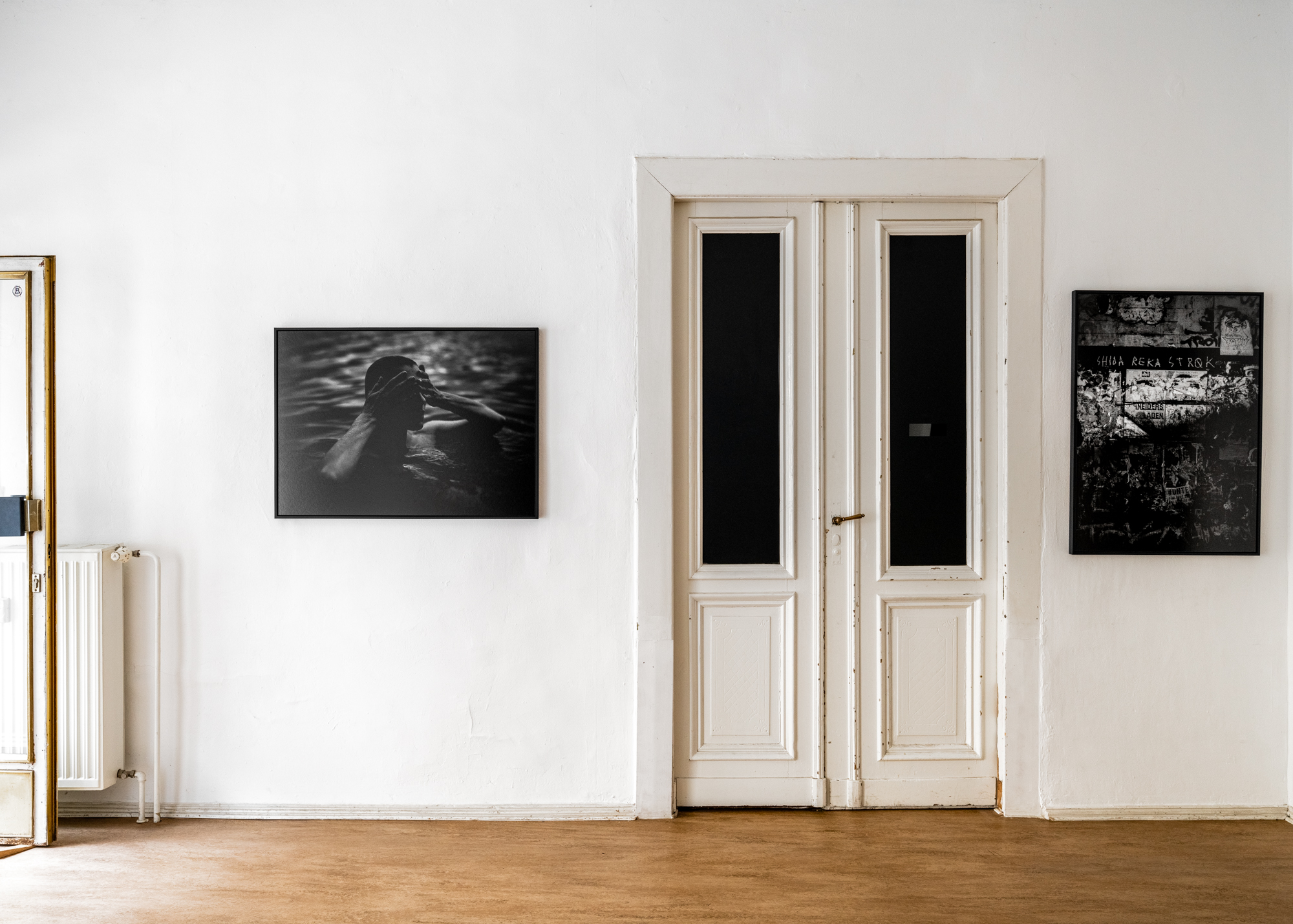
As with the other images in Echoes, these photos were shot in digital black and white and given an analogue character in post-production – a reference to the format in which Londoño began his career. They lend the show a somber and melancholic character, emphasized as our eyes land on another kind of photograph dominating this first room: a large PVC portrait in which a woman appears in the negative, silhouetted against the backdrop of a natural setting. This photo, which finds its counterpart in the PVC portrait hanging in the exhibition’s third and final room, of a man floating christlike on the surface of a lake, his body likewise disappearing into the blackness of the background, announces the show’s signature aesthetic gesture: the photo as a presentation of something absent, a stand-in for people and places beyond our reach. In these two images, figures from the past disappear into a kind of vinyl void, the materiality of the photo itself.
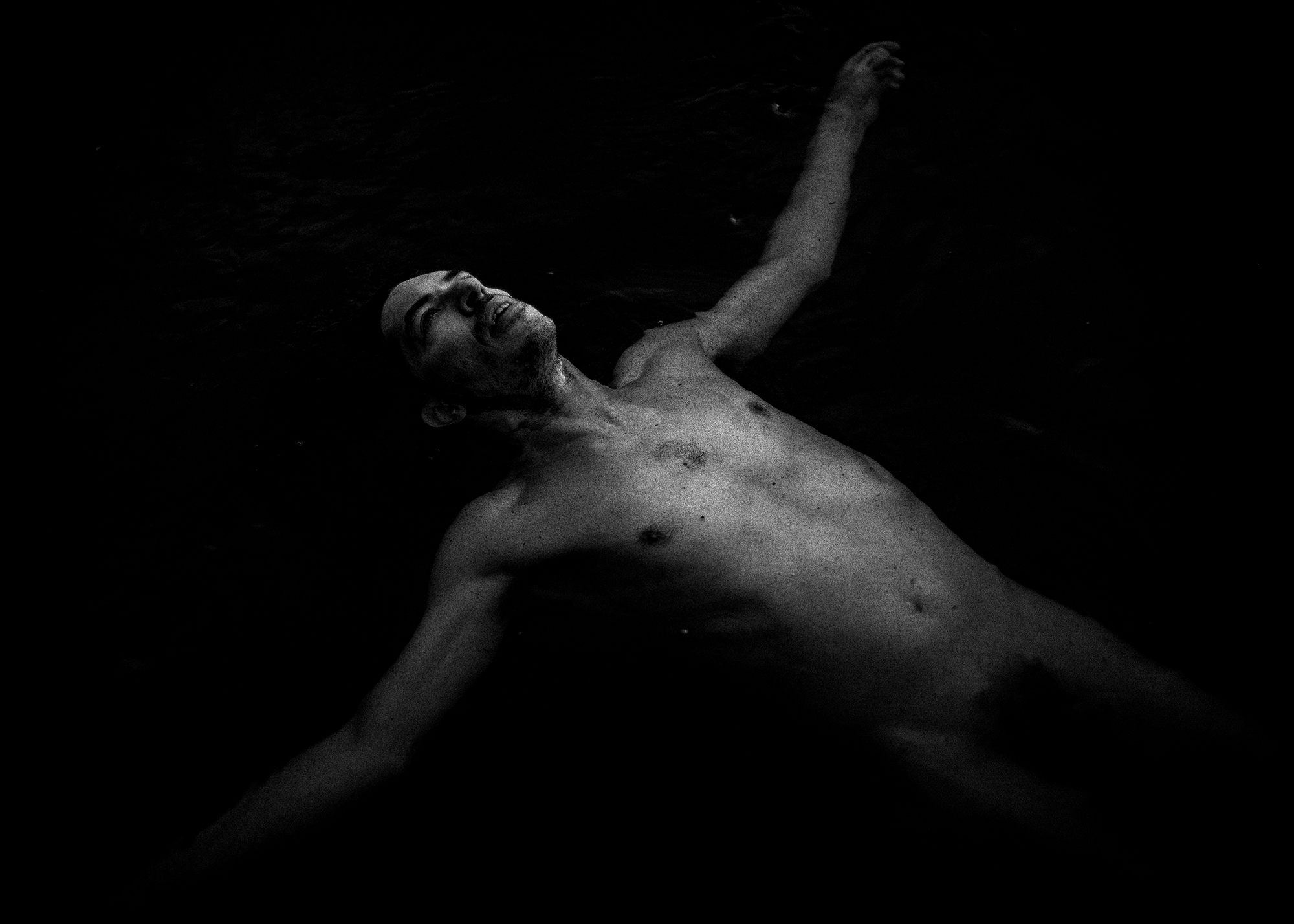
A different kind of portrait greets us in the exhibition’s more intimate second room: a photo of musician Zumi Rosow of the Black Lips, her face bent contemplatively over an unseen instrument. Taken in 2021 in Berlin, the image evokes the fragility of the collective life shuttered by the pandemic. Belonging more to the tradition of concert photography, it’s also a nod to Londoño’s decades of professional work with musicians, from Grimes to Celine Dion to Oasis. That work has also clearly informed the gothic, brooding aesthetic of Echoes, an aesthetic that owes much to alternative music and album art, a kind of photographic dark wave.

Figures from Londoño’s past emerge elsewhere in the room. Here, two images stand apart – not the photographer’s own, but those of his influences. They are the work of his mentor, Serge Clément, and the Venezuelan photographer Ricardo Jiménez, recently deceased, set in novel aesthetic juxtaposition with his present work.
As the exhibition opens onto the high ceilings and wide walls of its final room, we leave behind scenes of intimacy and nature and encounter a new kind of space, no longer inviting us in but keeping us out. With the exception of the large PVC Christ figure, this room is conspicuously devoid of portraits, dominated instead by a particular kind of landscape, constructed and empty. The majority of these photos were shot in 2021 and 2022, when Londoño first arrived in Berlin in the midst of the pandemic. As with several of the portraits in the series, these places appear withheld from us, beyond our grasp and recognition. In the images, our eyes encounter a boundary – plastic, broken glass – perhaps symbolic of a new environment, alienating and modern, to which we do not yet belong. The effect is strongest at the far end of the space, where we expect an exit but are instead confronted with the image of a door. Barred, under construction and printed on PVC, here we encounter more than a locked door, but a negation of the door itself.
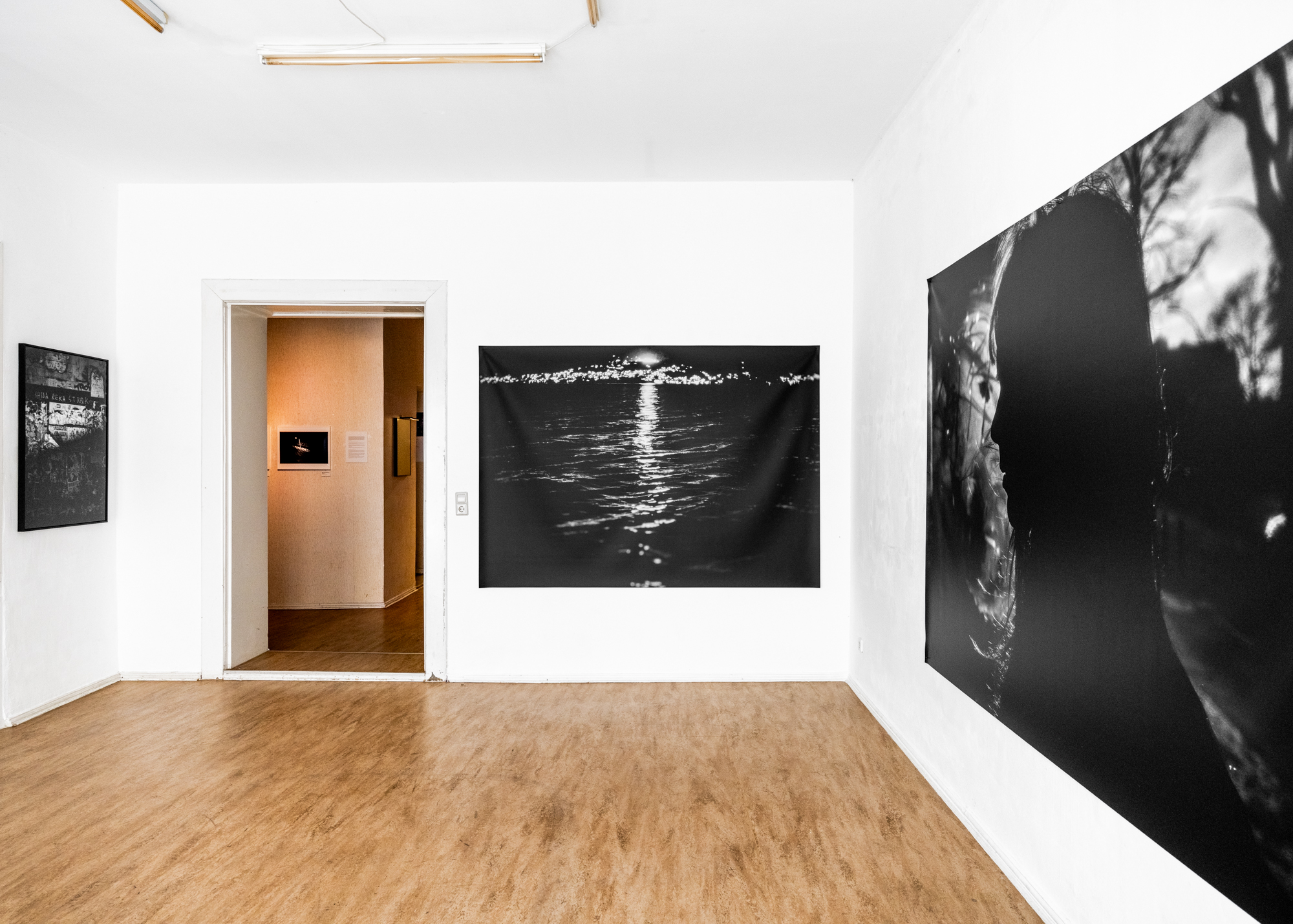
Solitude and melancholy run through Echoes of the Disposable, with its evocation of a lost past and a future not yet attained. While narrating an experience of isolation at once deeply personal and all too familiar, Londoño’s work nonetheless insists on photography’s fragile power to connect us. Transient, disposable, a mere substitute for the presence of others – Echoes boldly displays this fragile power, a power that, like memory itself, is perhaps all we can carry forward.
 Matteo Calla writes and talks about art. You can find his channel covering the best of contemporary art in Berlin, Berlin from the Gallery to the Street, and on Instagram.
Matteo Calla writes and talks about art. You can find his channel covering the best of contemporary art in Berlin, Berlin from the Gallery to the Street, and on Instagram.

